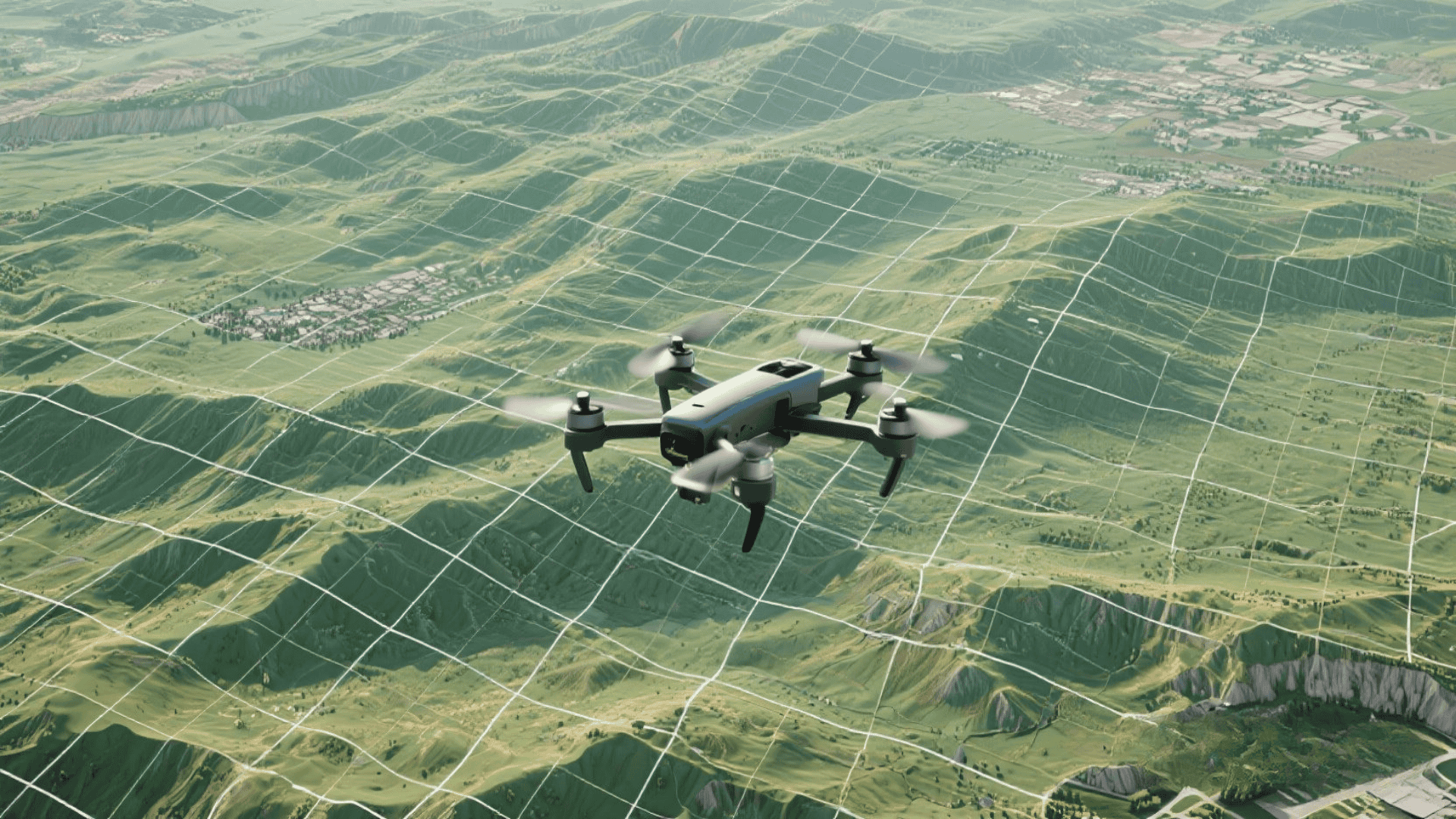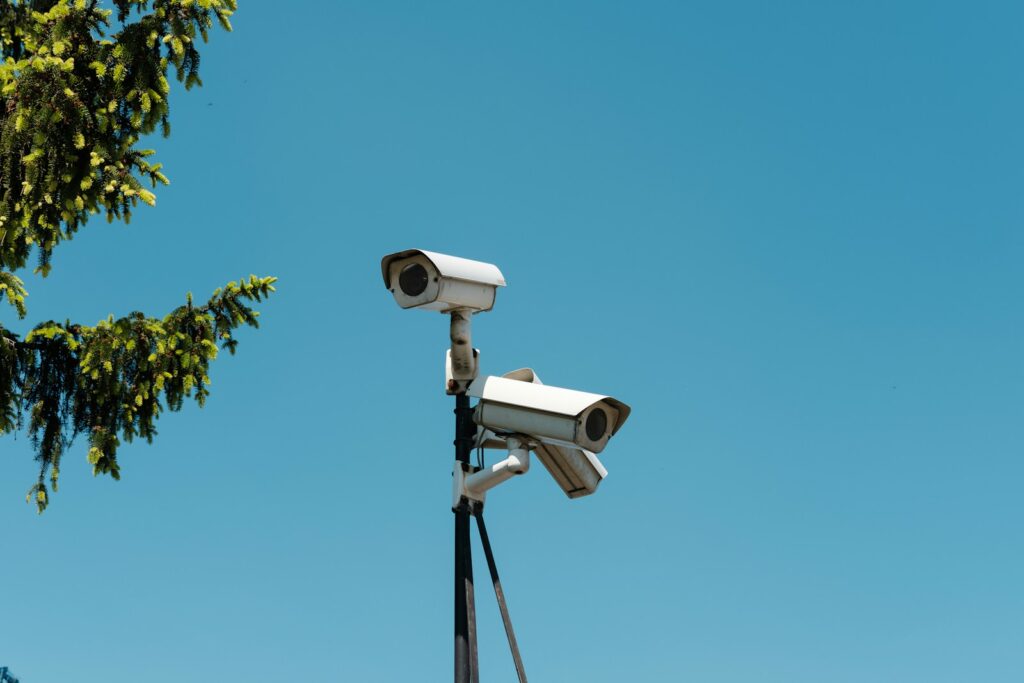When integrating laser rangefinder modules into high-precision systems—whether for industrial automation, robotics, or advanced measurement tools—selecting the right 905nm laser rangefinder is critical. Sunflaser, a leading innovator in optoelectronic solutions based in Chengdu, China, offers a range of compact, high-performance laser rangefinder modules designed for accuracy and reliability. This guide will help you navigate the key factors to consider when choosing a module for demanding applications while optimizing for technical requirements and operational efficiency.

1. Understand Core Performance Metrics
a) Measurement Range & Accuracy
905nm laser modules excel in balancing eye safety (Class I compliance) and performance. For high-precision applications:
- Range Requirements: Modules like the SFA3000A (3,000m range) suit long-distance industrial inspections, while the SFA1000A (1,000m) is ideal for mid-range robotics.
- Accuracy: Look for modules with ≤±1m error for distances under 300m (e.g., SFA1000B) or ±(1 + 0.25%L)m for dynamic environments (e.g., SFA1500A).
b) Blind Zone & Sampling Rate
- Blind Zone: Modules like the SFA1500B (≤10m blind zone) minimize measurement dead spots for close-range applications.
- Sampling Rate: Choose between single-shot, 1Hz, or 2Hz modes (e.g., SFA1200A) depending on real-time tracking needs.
2. Evaluate Environmental Adaptability
High-precision applications often operate in harsh conditions. Prioritize modules with:
- Wide Temperature Range: The SFA2500B (-40°C to +60°C) ensures stability in extreme environments.
- Humidity Resistance: Opt for hermetically sealed designs (e.g., SFA2500A) to prevent moisture damage in outdoor or humid settings.
- Vibration/Shock Resistance: Modules like the SFA1500A withstand mechanical stress common in mobile robotics or UAVs.

3. Power Efficiency & Integration
a) Low Power Consumption
- Standby Power: The SFA1000B consumes ≤0.06W in standby, ideal for battery-powered devices.(Learn more about low-power laser modules in IoT applications).
- Operating Voltage: Modules like the SFA1000A (2.5–3.5V) integrate seamlessly with low-voltage IoT systems.
b) Compact Design
- Size/Weight: For drones or portable tools, compact modules like the SFA1500A (φ23mm×46mm, ≤20g) save space without sacrificing performance.
4. Communication Protocols & Ease of Use
- TTL Serial Interface: Most Sunflaser modules (e.g., SFA3000A) use 115200bps/57600bps TTL for plug-and-play integration.
- Custom Commands: Look for programmable modes (single-shot, continuous, auto-stop) to streamline workflows.
5. Safety & Compliance
905nm modules are inherently safer than higher-wavelength alternatives. Ensure your choice complies with:
- Eye Safety Standards: All Sunflaser modules meet Class I laser safety requirements.
- EMC/EMI Certification: Critical for industrial environments to avoid signal interference.

6. Application-Specific Recommendations
| Use Case | Recommended Model | Key Features |
|---|---|---|
| UAV Navigation | SFA1500A | ≤20g, 1,500m range, 2Hz sampling |
| Industrial Automation | SFA3000A | 3,000m range, ±1m accuracy, -20°C to +50°C |
| Robotics | SFA1000B | ≤13g, 1Hz/continuous mode, low voltage |
| Precision Agriculture | SFA2500A | 2,500m range, humidity-resistant housing |
7. Maintenance & Support
- Lens Care: Use alcohol-ether wipes (not fingers!) to clean optics and maintain accuracy.
- Software Updates: Sunflaser provides firmware upgrades for protocols like TTL/UART.
- Warranty: Choose suppliers offering ≥1-year warranties and responsive technical support.
FAQs
Q1: What makes 905nm laser modules safer than other wavelengths?
A: 905nm lasers operate in the near-infrared spectrum, which is Class I eye-safe at lower power outputs. Sunflaser modules comply with international safety standards, minimizing risk in human-centric environments.
Q2: Can I use these modules in outdoor environments with varying light conditions?
A: Yes. Modules like the SFA2500B feature anti-glare coatings and adaptive algorithms to maintain accuracy even in bright sunlight or low-light scenarios.
Q3: How do I interface a 905nm module with my existing microcontroller?
A: Most Sunflaser modules (e.g., SFA1500B) support TTL/UART communication, with detailed protocol documentation for easy integration into Arduino, Raspberry Pi, or PLC systems.
Q4: What is the typical lifespan of a 905nm laser diode?
A: With proper maintenance, Sunflaser modules offer >50,000 hours of operation. Avoid exposing the laser to blind-zone targets or extreme temperatures to extend longevity.
Q5: Can I customize the sampling rate or measurement range?
A: Yes. Contact Sunflaser’s engineering team for tailored solutions, such as the SFA3000A’s programmable 1Hz/2Hz modes or extended-range configurations.
Why Choose Sunflaser?
Sunflaser’s 905nm laser rangefinders are engineered for precision, durability, and seamless integration. With ISO-certified manufacturing and a global support network, we empower industries to push the boundaries of automation and measurement.
Explore our full range of laser modules and request a free consultation to find the perfect solution for your application.
Focus on accuracy. Partner with precision. Choose Sunflaser.


